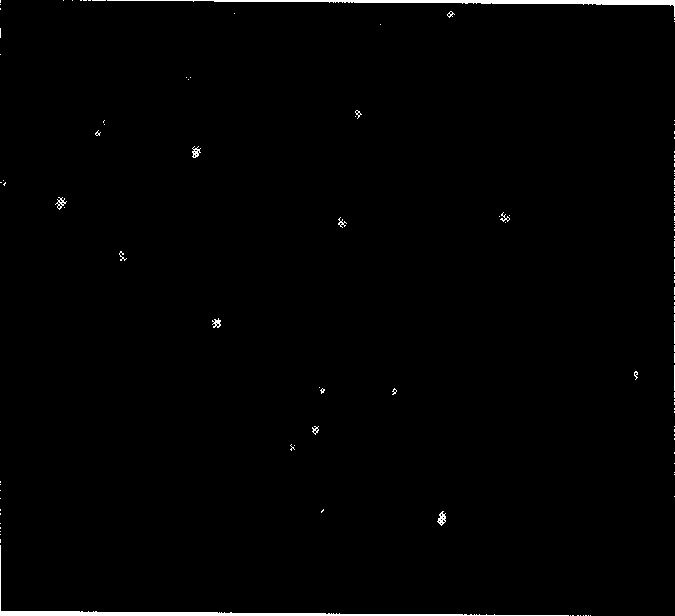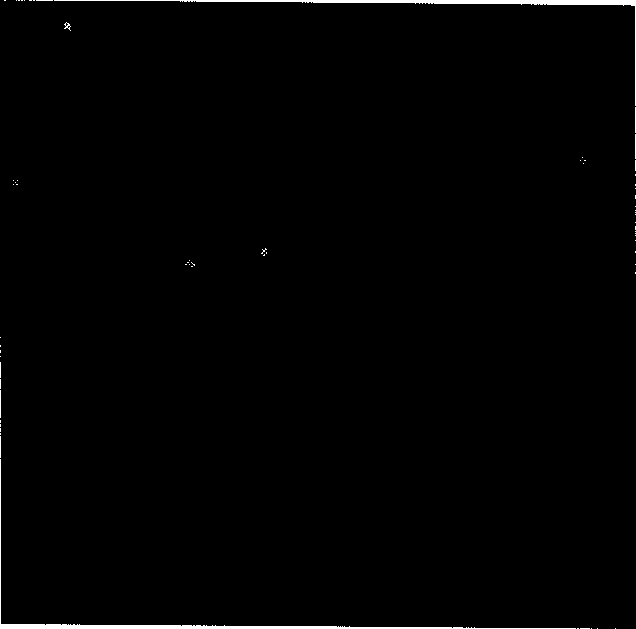Method for obtaining transgenic chicken
A technology of transgenic chickens and exogenous genes, applied in the field of genetic engineering, can solve the problems of PGCs transgenic operation difficulties, destroy egg structure, sperm differentiation, etc., and achieve the effect of improving survival rate and hatching rate
- Summary
- Abstract
- Description
- Claims
- Application Information
AI Technical Summary
Problems solved by technology
Method used
Image
Examples
Embodiment Construction
[0021] Step 1, pEGFP-N1 plasmid preparation
[0022] Transform Escherichia coli DH5α with pEGFP-N1, screen positive colonies with kanamycin (50 μg / ml), expand culture in LB medium, extract plasmid according to standard alkaline lysis method, take 1 μl of plasmid solution for agarose gel electrophoresis, quantify, and calculate extraction The concentration and total content of the plasmid in the solution were purified with a kit, the precipitate was washed with 70% alcohol, dried, and dissolved in sterile double distilled water, with a final concentration of 1 mg / ml. Single enzyme digestion was performed with Apal I restriction endonuclease at 37°C, and a fragment with a size of 4700 bp was recovered and purified by electrophoresis.
[0023] Step 2. Intra-testicular injection of plasmid DNA
[0024] Take 50 μg, 100 μg, 150 μg, and 200 μg of plasmid DNA, prepare cationic plasmid / polymer according to SofastTM instructions (vivo), and incubate at room temperature for 15-20 minute...
PUM
 Login to View More
Login to View More Abstract
Description
Claims
Application Information
 Login to View More
Login to View More - R&D
- Intellectual Property
- Life Sciences
- Materials
- Tech Scout
- Unparalleled Data Quality
- Higher Quality Content
- 60% Fewer Hallucinations
Browse by: Latest US Patents, China's latest patents, Technical Efficacy Thesaurus, Application Domain, Technology Topic, Popular Technical Reports.
© 2025 PatSnap. All rights reserved.Legal|Privacy policy|Modern Slavery Act Transparency Statement|Sitemap|About US| Contact US: help@patsnap.com



